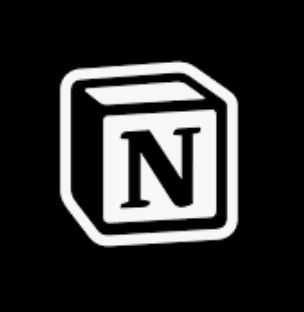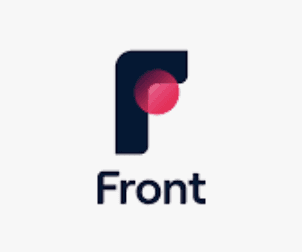ABSTRACT
Group Newsletter
Newsletters are typically a single-player game.
Crafting and curating content is often managed by a single person.
As newsletters expand and professionalize, teams grow and editorial work becomes essential.
A multi-player solution that combines creation and distribution has yet to emerge.
Posted on August 17 2023 by

This piece refers to the following themes
SIGNALS

Notion surged in popularity, demonstrating the need for collaborative work environments, even in traditionally individualistic fields.
X (formerly Twitter) demonstrates how paid content subscriptions are just a matter of action.
As newsletters evolve into profitable ventures (like The Morning Brew), there's an incentive to professionalize them, leading to the involvement of more than just the original author.
Front showcases that email (and by extension, newsletters) doesn't have to be a solitary task. Multiple team members can collaborate on a single email thread, just as they could on a newsletter issue.
FEATURE
Editions are created and sent by multiple authors as a team. Every team member is equally featured and visible on the publication.
FEATURE
There are various ways for readers/subscribers to participate in the publication. One way is to join the discussion.
FEATURE
Readers can submit guest articles and reply to editions. Quality contributions may lead to a regular author position.
FEATURE
Within the team, there are different roles and responsibilities: Authors write, editors oversee contributions and editions, and chief-editors manage the team and the business side.
FEATURE
Anyone can suggest topics, which are then reviewed and evaluated by the team.
FEATURE
Contributions are managed through a system similar to pull-requests, with editors and chief-editors overseeing edits, approvals, and publishing.
FEATURE
The chief-editor finalizes and publishes editions, relying on approval from team members.
FEATURE
Publication profits are transparently and fairly distributed based on performance, rank, and responsibility.





